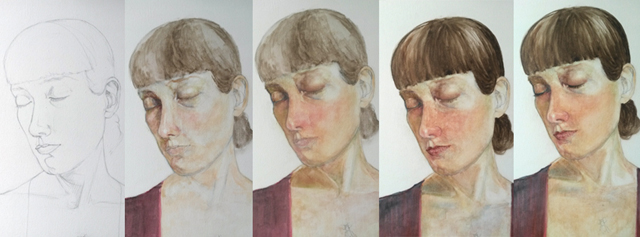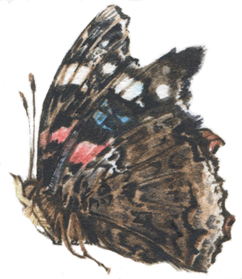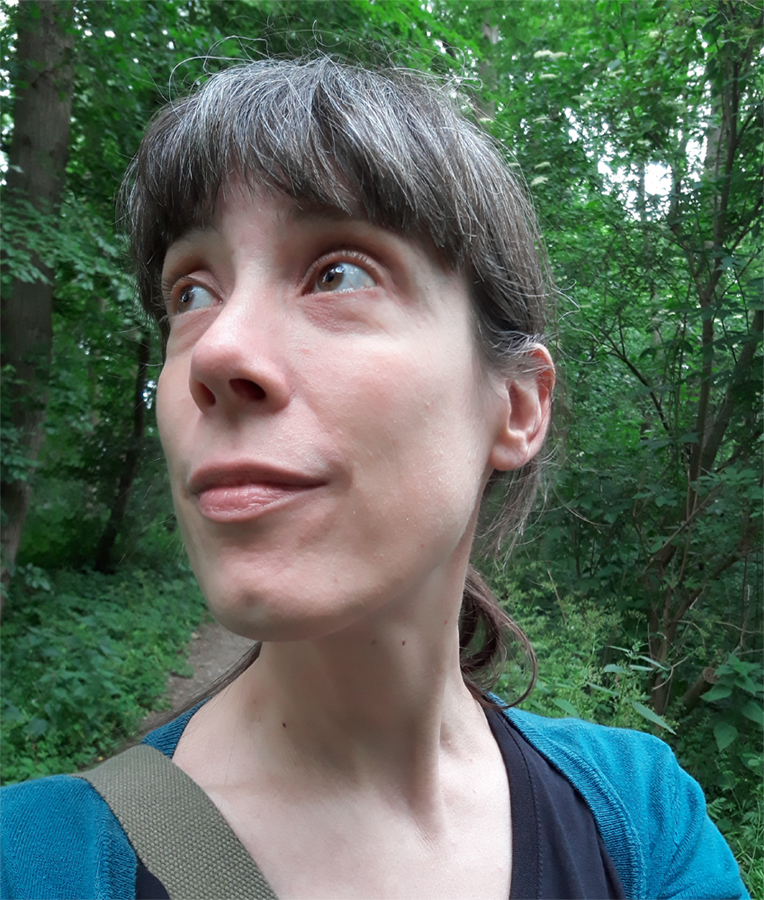
This is a cropped image of a bigger painting
Last April I got my hands on some Daniel Smith Watercolor Ground. The directions say it’s an
excellent ground for watercolour on all surfaces: canvas, paper, plaster, hardboard but
also non-absorbent surfaces like glass, plastic, metal etc.
‘Sounds pretty good!’ I thought, I’ve been searching for a way not having the need to put
my art behind glass and there are ways but I thought I needed a surface other than paper.
So I tried the ground on a canvas board. I applied different layers and waited at least 24
hours before applying the next layer. I’m used to combine both bistre and watercolour in the
same painting and did so on the treated canvas board.
To my surprise the ground started to mix with the bistre and I needed to switch techniques to
make something of the painting.
A while later I decided to give the watercolour ground another try, just using watercolour.
This time the ground didn’t dissolve or mix so I started out quite happy. Until I applied the
second layer of watercolour…
When using watercolour on paper the paper absorbs the water/ paint. When you apply a
second layer you can just paint over the first or mix the new paint with the previously applied
paint depending on how much water you use.
Not with the watercolour ground. Because it’s non-absorbent a second layer totally destroys
the first layer!
Because of this I was forced to paint the face again and again for several times. This was so
frustrating I was tempted to wash it off completely or throw it against a wall or something.
I decided against both options and am trying to finish this as well as I can but it takes a lot of
patience.
Right now I’m not really happy with how it looks, I hope I can fix it without totally destroying
all the previous work…
A better solution for my ‘not-wanting-to-put-my-art-behind-glass problem’ is mounting
watercolour paper on board or wood. More about that later!!
🍃🍂


